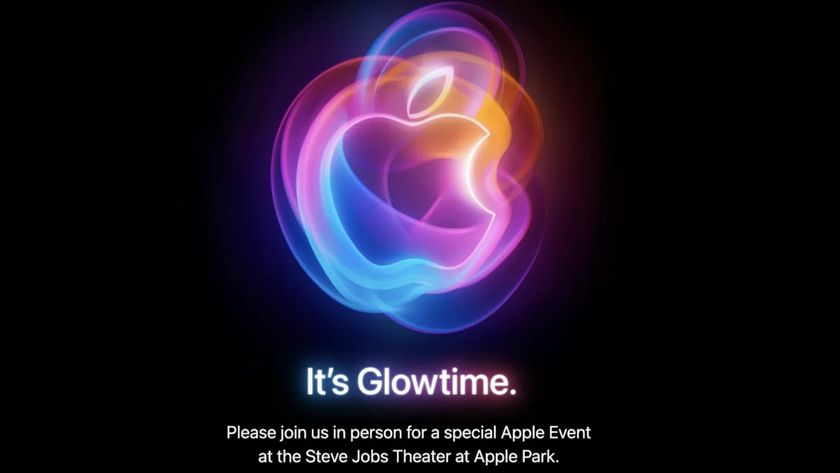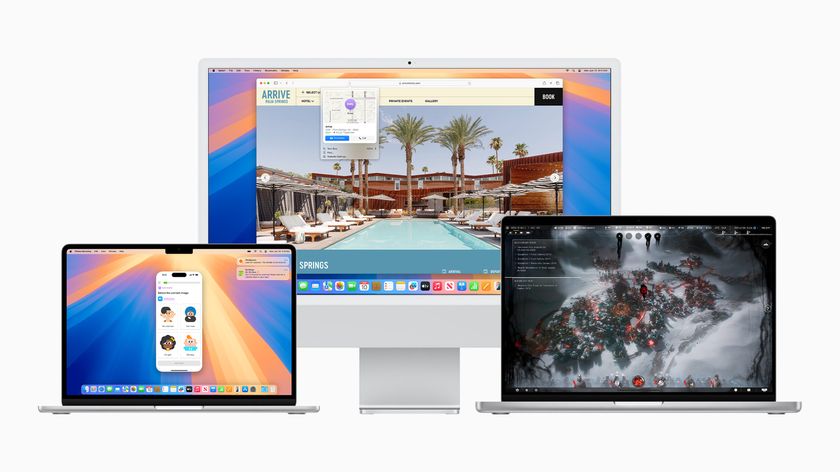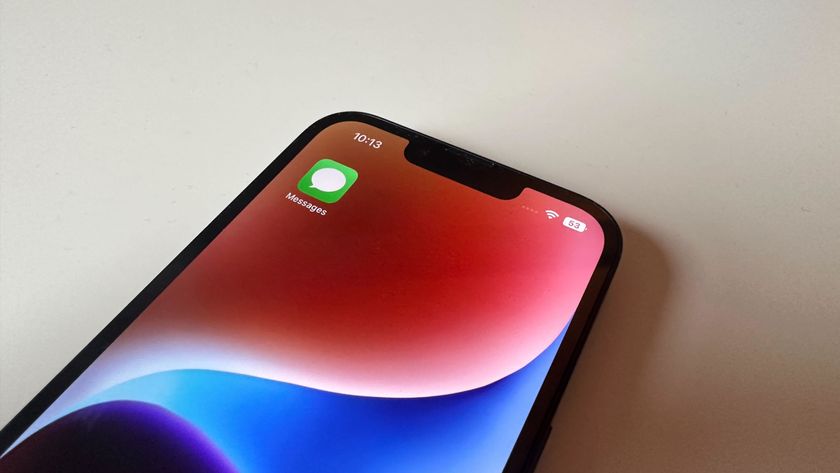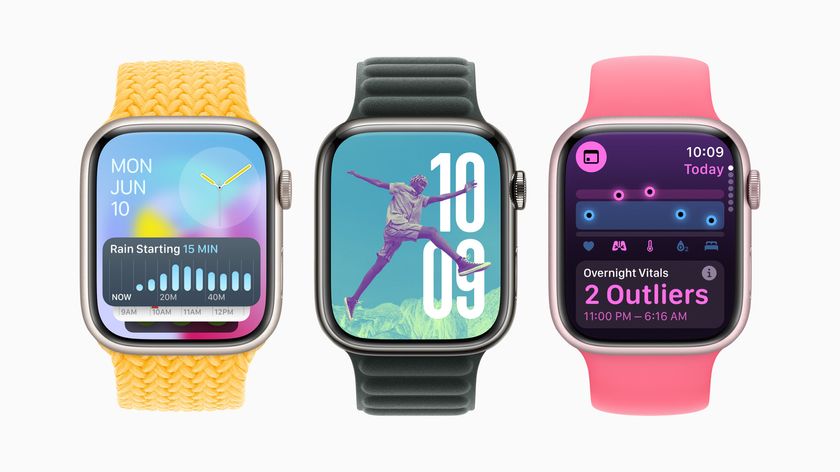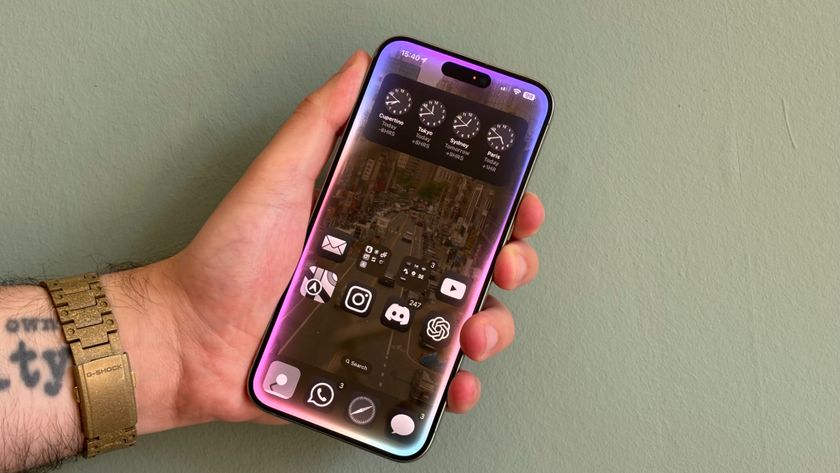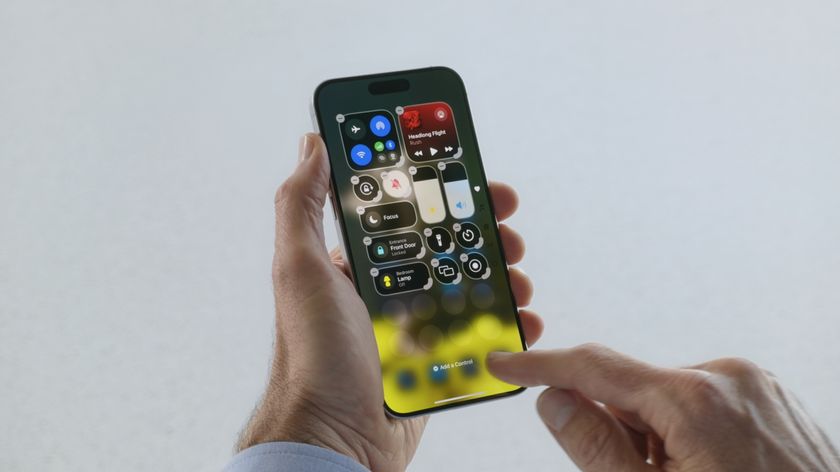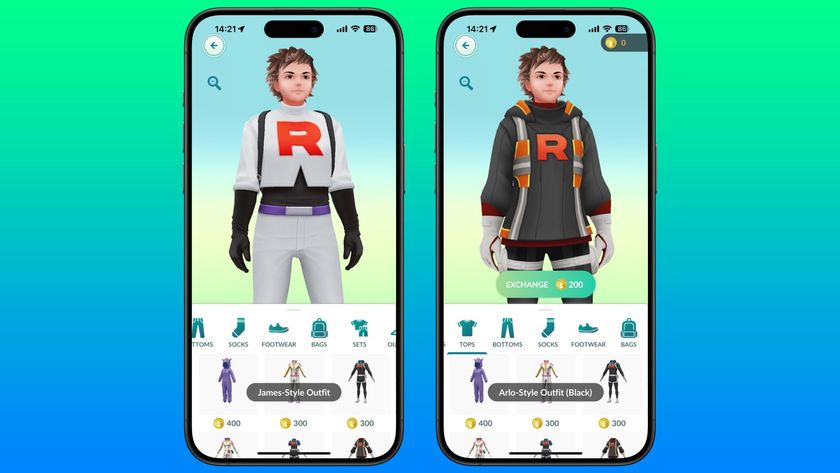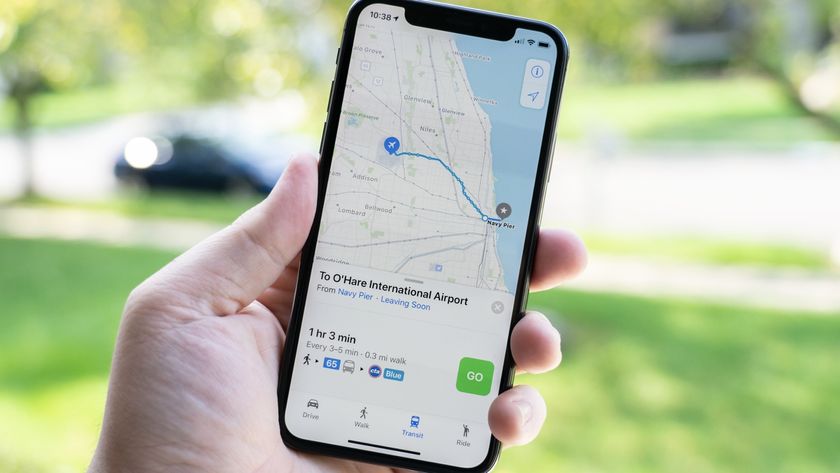Camera tests: Zoom on the iPhone 7 vs iPhone 7 Plus
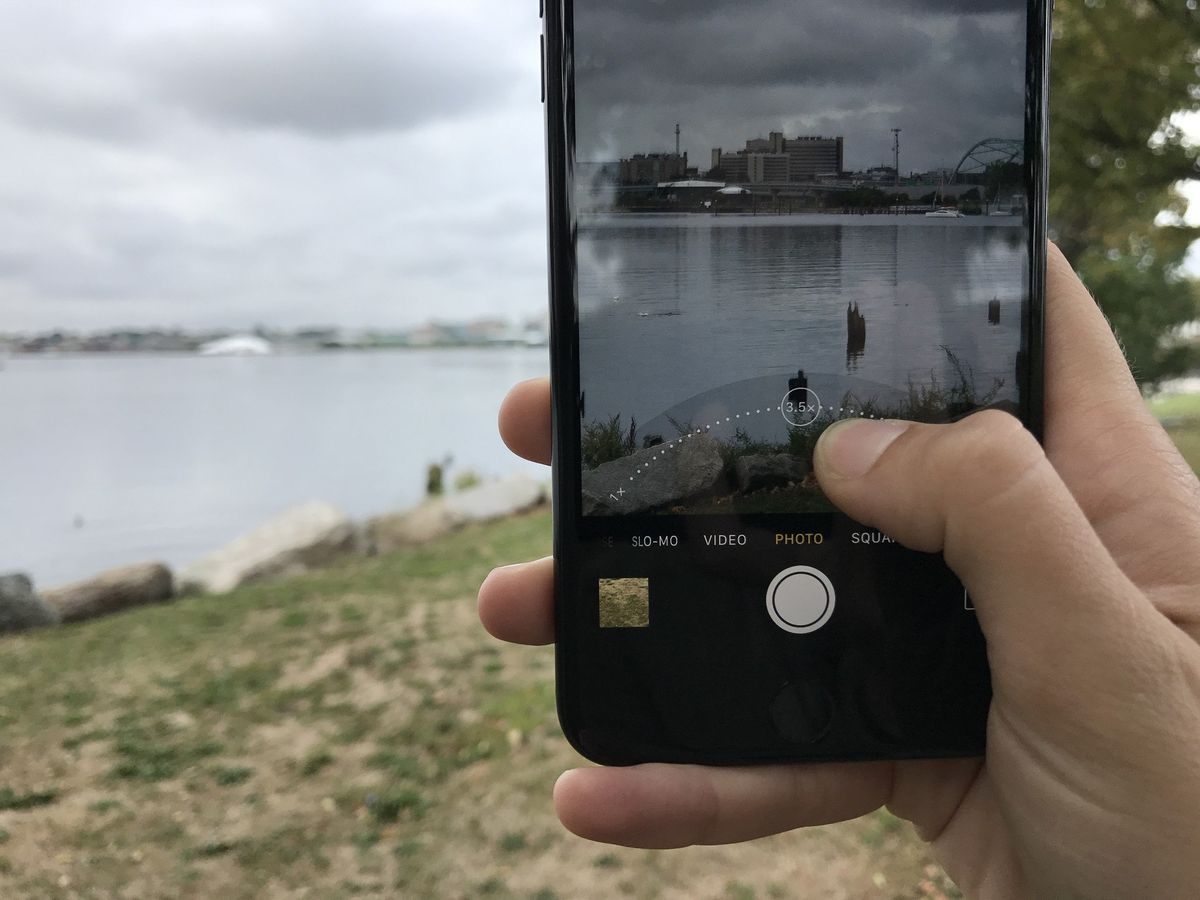
Some folks are having trouble viewing our images inside the iMore app. We're working to fix this problem, but in the meantime, we suggest visiting our website for the full version.
Apple touts the iPhone 7 and 7 Plus as having its best smartphone camera systems yet, and while I'm not giving any spoilers to our upcoming camera comparison, I've been very impressed by the images I've taken over the last few days. The f/1.8 aperture on the wide-angle camera helps capture great low-light shots and flesh out detail in HDR images, and the iPhone's optically-stabilized 4K video continues to impress. (We shot our entire iPhone 7 review on it, after all — including underwater shots!)
But of all the camera aspects I've looked at over the past few days, I've heard the most clamor over the new zoom features of the iPhone 7 Plus model: Its camera system not only features the iPhone 7's wide-angle lens, but also sports a smaller 56mm-equivalent "telephoto" lens with an f/2.8 aperture for portrait work.
NOTE: Though many (myself included) have argued that this system is closer in comparison to a normal or portrait lens than a true telephoto, I understand Apple's intentions here: Because they're marketing the lens in conjunction with a 2x feature, it may seem more appropriate to call it "tele" than "normal" or "portrait" to the average user — especially considering that Apple has a planned "Portrait" feature coming out that utilizes both lenses later this year. For that reason, I'm referring to the lens as Apple names it — tele, or telephoto — even though I don't necessarily agree with that branding.
Both lenses capture data simultaneously when you shoot a picture to provide a seamlessly-blended "hybrid" image with more detail than you'd be able to get with the single wide-angle lens, and this combination system allows Apple to offer an up-to-10x digital zoom and 2x optical enlargement (looking straight through the tele lens) or, in low light and macro situations, a 2x digital zoom.
iPhone 7 Plus building zoom at 1x, 2x, 5x, 10x. pic.twitter.com/O0Y9Qp2aDBiPhone 7 Plus building zoom at 1x, 2x, 5x, 10x. pic.twitter.com/O0Y9Qp2aDB— Serenity Caldwell (@settern) September 19, 2016September 19, 2016
After I posted this example image on Twitter from our recent trip to New York City, I had several requests to show off more examples of the iPhone 7 Plus's zoom capabilities, and moreover, how they compared to the telephoto-less iPhone 7 — which retains the old pinch-to-zoom 5x gesture.
How we tested
I took both the iPhone 7 and 7 Plus out to a park in Providence, RI to shoot a variety of outdoor landscapes, signs, macro detail, and runners. I've also included indoor shots of animals, detail, and sunset landscapes.
Master your iPhone in minutes
iMore offers spot-on advice and guidance from our team of experts, with decades of Apple device experience to lean on. Learn more with iMore!
All of these shots are straight out of the stock Camera app; the only adjustments made to the photos were the in-camera digital/optical zooms, and the occasional brightness slider adjustment — both iPhone models' digital zooms had a tendency to initially overexpose the scene. (I also took out license plates and other identifying information in a few of the running images.)
I used no equipment save for the iPhones themselves — no tripod or other stabilizing help — with the goal of simulating the use case of the average iPhone user.
The iPhone 7 Plus has a detailed zoom meter: 1x - 10x in .1x increments; we shot images at 1x, 2x, 5x, and 10x. The iPhone 7 is less precise: It retains the old, numberless pinch-to-zoom interface, and only goes from 1x to 5x. We shot images at 1x, "2x" (to simulate the 2x shot, I took photos slightly before the halfway mark on the zoom slider, but there may be some slight variation), and 5x. The final shot is the original photo, cropped to 10x.
Daytime
The majority of our zoom tests were taken in daylight, and for good reason: Digital zooms can't do much when there's not enough light to expose the contents of the image to the camera's sensor(s). We took a look at some long-throw shots over lakes and park grounds, some would-be macro shots, and some artsy attempts at readable signs.
Lake
The iPhone 7 and 7 Plus both have equally-great wide-angle lenses, and the 1x versions of each show that. The optically-stabilized lens and its f/1.8 aperture let in plenty of light — even on this gloomy day — to add definition to the clouds and faraway trees, and the P3 wide color space keeps the trees green and the buoys red. Once we hit 2x, however, you can start to see the telephoto lens coming into play on the Plus side: Though both images have a certain amount of grain to them, you can see more details on the mid-water mooring and in the trees, whereas the iPhone 7 immediately starts to get fuzzy. The 5x/10x shots are the biggest tells: Though neither camera is outputting great images at this point, the Plus's shots are at least readable, especially at social-media-sharing levels.








Signs
For these tests, I snapped shots of both straight-on signage and an angled macro image. The first test pits a green biking sign against green trees and a gray sky; it's also responsible for my first exposure troubles. The iPhone 7 frequently tended to overexpose the scene without careful slider guidance, especially at zoomed levels; the iPhone 7 Plus, with assistance from the telephoto lens, did a much better job metering the whole image and capturing the lows and colors present on the playground in the 1x, 2x, and 5x. At 10x, it again isn't much to look at, but does a decent job identifying the pine needles on the tree as separate items, rather than single green blobs. It also captured some of the darker maple leaves in the shadows that the iPhone 7's blown-up 1x failed to capture.








This salmon-pink park barrier was too cool a color to pass up, though both the iPhone 7 and 7 Plus had trouble metering exposure when pumping up to 2x, 5x, and 10x (on the Plus). As we zoom in, the telephoto lens helps the iPhone 7 Plus retain some of the more nuanced pockmark wall details where the iPhone 7 blurred them together, but both returned fairly similar imagery overall.








People
This is where the iPhone 7 Plus's zoom really appears to outshine the iPhone 7: Long-throw photography of humans. While there's a distinct possibility some users will use this feature for less-than-noble means, the 10x zoom can also help capture important memories during graduations, day concerts, sports, marathons, and more. It's all the more impressive that these photos are entirely hand-shot, but still capture the subject clearly — at 1x, you can barely tell that a person is running down the road, let alone who it is, what shirt they're wearing, or what they're holding in their hands. 10x makes that all possible — albeit with fuzzy, blocky, and blown-up edges.








Not going to lie: After taking these photos, I jokingly showed them to my fiancé (my running model), shouting "ENHANCE!" every time I swiped to a new zoom level. Because what fun are camera tests if you can't be a little silly while taking photos?
Look, sir, droids!
This was a variation of my runners' test, but done with an unusual stationary object in the frame (R2D2, naturally). Here, the 7 Plus displays greater focus accuracy combined with better detail on both the bench, R2, and the tree leaves.








Grass
These zooms on macro-level subjects aren't anything fancy to look at up close, but at social-media sharing level, they look a lot more impressive than they have any right to be. There's something pretty special about being able to capture morning dew on grass with only an iPhone in your pocket.
This is also the first instance of the iPhone 7 Plus's camera shutting off the telephoto lens in favor of the wide-angle: The 56mm-equivalent lens has a much longer minimum focus distance, and as a result, if you get too close to a subject and tap "2x" in the Camera app, your iPhone will default to the wide-angle (which has a fairly short minimum focus distance). It's a primary reason why these grass shots look a whole lot more comparable between models than our previous shots.








Indoors & Nighttime
As mentioned above, I didn't snap a ton of indoors and evening shots — one for stationary objects, one moving, and a sunset — primarily because of the iPhone 7 Plus's tendency to revert to digitally zooming the wide-angle lens in low light. Lacking optical image stabilization and with such a small aperture, it's not surprising that the iPhone 7 Plus's telephoto can't provide adequate light for a good hybrid image, but it still means there's not a ton of information to be gained by comparing the 7 and 7 Plus indoors — at that point, both are essentially shooting (and zooming) with the same lens and sensor — the Plus just has a nicer interface.
Books
Here's an "iPhone 7 Plus is primarily using the wide-angle for its 2x" shot, and it shows: This is the only test where I actually prefer the iPhone 7's blown-up "10x" image over the 7 Plus's naturally-shot 10x image, because the 1x shot was more stable and readable than a shaky low-light 10x.








Pets
Despite being in a lower-light situation, here the iPhone 7 Plus's images are snapped with the wide-angle/telephoto hybrid rather than just the wide-angle, with the telephoto at one of its lowest acceptable settings (shutter speed of 1/60 second). In the low light, this means more detail on my dog's (traditionally terrified for cameras) face and in blanket threads, but at the expense of more noise on the image.








Sunsets
These images were taken with the wide-angle on both phones, and they look very similar overall, save for the 10x — whatever little data the iPhone 7 Plus is getting from the telephoto here, the phone uses it to create a decent backdrop of leaves against a sunset.








Final thoughts
Digital zoom isn't a game-changer in mobile photography; at best, it's a placeholder and portent. In some ways, it shows us how far we've come — some of those 10x shots look better than the images my 2005-era smartphone snapped. In others, it shows where smartphone photography can still improve; how we can polish those details, give our camera systems more light, and, if possible, space for longer lenses.
All that said, the iPhone 7 Plus takes a definitive step forward in this arena: its dual-camera system significantly improves images both optically framed and digitally zoomed, and lets us create 12-megapixel images from items that would otherwise be blurs. They may not be truly printable images yet, but most people aren't going to want a printable image from a 10x mobile camera zoom: It's the kind of feature born for social media, letting users show their friends and networks that they were "so close!" to a star at a concert, or that they snapped the perfect shot of a roaring animal at the zoo.
If zoom is something you care about, the iPhone 7 can't compete with its bigger sibling: The vague pinch-to-zoom interface already feels hopelessly out of date after you spend a little time with the Plus's zoom capabilities, and blown up photos suffer somewhat on detail without the secondary lens providing supporting image data.
Apple's "optical zoom" feature also gives users the ability to either shoot directly with the 56mm lens equivalent or capture a crisp 2x digital zoom, and the crop provides a nice, new way to experiment with framing shots. It's a feature I was skeptical about in my first day or two with both phones, but as I've used both devices over the last week, I've grown more attached to shooting photos with the 7 Plus. If nothing else: More tools in the toolbox, right?
We'll have much more on the iPhone 7's cameras — including a complete head-to-head test with all current iPhone models — very soon. In the meantime, what do you folks think of the iPhone 7 and 7 Plus's zoom capabilities? Let me know in the comments.
Serenity was formerly the Managing Editor at iMore, and now works for Apple. She's been talking, writing about, and tinkering with Apple products since she was old enough to double-click. In her spare time, she sketches, sings, and in her secret superhero life, plays roller derby. Follow her on Twitter @settern.



